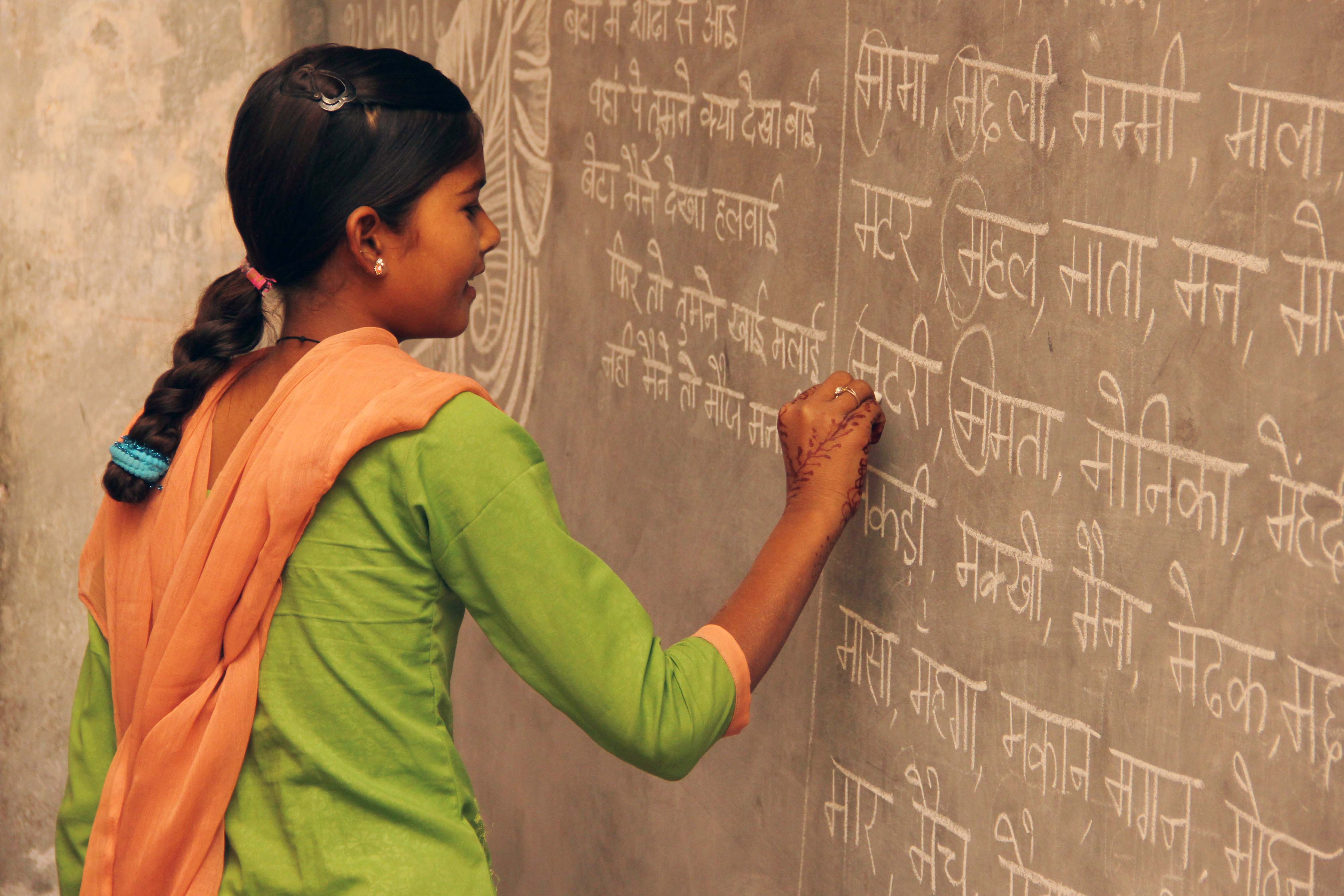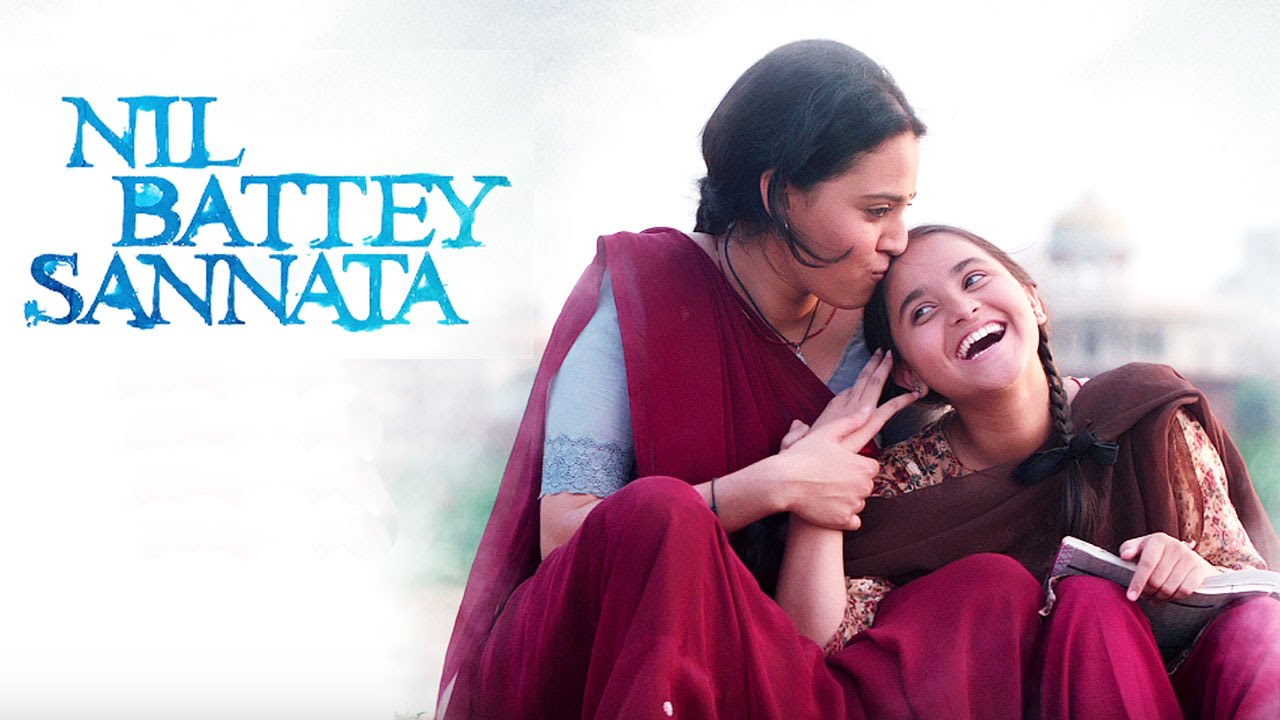Hindi medium: A case to understand the social imagination of “a good school”
In the age of hyper consumption education has been transformed into a commodity/desirable brand and learners have become its reckless consumers. This film reveals the obscene display of wealth at private institutions and their lack of social responsibility. It also points at the hegemonic control that a language can play in our lives and what it means to be able to challenge it.
Richa Goswami is a PhD scholar at Tata Institute of Social Science, Mumbai.
Hindi medium is a family drama starring Irfan Khan, Saba Qamar and Deepak Dobriyal and is directed by Saket Chaudhary. It is a film representing the hierarchical nature of schools in the Indian set up and the politics of school admissions. It is set in the specific situation of Delhi and portrays how the elite schools and the moneyed class guard the access to these schools.
The story of the film revolves around a nouveau rich couple who come from humble backgrounds and makes it big in life through a thriving business of making copies of designer attires. In spite of buying a house in one of the posh locations of Delhi, they fail to gain acceptance among their neighbors and in spite of their money and preparations they fail to get their child admitted in one of the prestigious schools.
Of the two protagonists Irfan Khan plays the role of a person who is satisfied with the financial success achieved in life and now just wants to enjoy it. And his wife is shown as the person who is keen on ensuring upward social mobility for them and especially for their daughter. It is needless to say that Irfan Khan is one of the few actors who can play a working class character with most ease. So even though he is a moneyed person in the film he seems to convey his humble background very well.
The film touches upon a range of important issues related to schooling of children but seems to have oversimplified them. Lets first look at the important issues that the film recognizes and brings to the fore. The first important issue that the film takes up is the idea of a good school. A good school is defined in the film by the following five important characteristics:
- It is a ranked school.
- It is a private school.
- It is English medium.
- It is exclusive.
- It is new and like a five star. / It is old and regimented.
The “Onlook” magazine publishes a list of five top schools of Delhi. The name of the magazine is obviously based on a similar named magazine and incidentally the magazine for past few weeks has been publishing many page advertorials of institutes of higher education (which if I may add gives panic attacks to my husband, when our child is as yet only three years old). A visit by the protagonists to these ranked schools is what gives a peek to the viewers about the other characteristics of a good school.
These are private schools and are of course English medium schools and that’s why sought after by the protagonists. But these are essential characteristics not enough to make a school one of the “ranked” schools. The film presents two kinds of ranked schools: those, which are new and are like a five star and those, which are old and regimented. These are exclusive places where admission is difficult and the basis of selection a little nebulous, an issue that we would discuss again in a while.
Reserved rights of admission are important to maintain the exclusivity of a place. Or one can say exclusivity is maintained by rights to exclude. Fee is one of the most common factors of maintaining exclusivity but there are others as well. The following two examples will help us understand this.
Most of us have heard about the clubs in colonial India where Indians were not allowed thus maintaining the racial superiority of British and other Europeans and the exclusivity of the clubs. Then there are some very famous and revered temples, which follow stringent rules of exclusion. They exclude people on the basis of caste and also on the basis of sex. This exclusion seems to be directly correlated to their name and fame.
One of the schools in the film perhaps takes its inspiration from an elite school in Delhi, which is focused on the children of Bureaucrats, thus maintaining a different kind of exclusion to achieve exclusivity. These examples prove the point that exclusion is important to become a coveted and revered institute or in other words an ‘exclusive’ institute.
The list of good schools in any city always has some very old schools and some new schools. And like this polar feature of either being new or old there are some other correlated features which opposite to each other. As shown in the film there are schools, which are in terms of infrastructure almost, like five star hotels. And those, which favor stoicism in terms of infrastructure. There are schools where the child and parent are treated like privileged customer and then there are those where they need to express gratitude in being in this school. The binary painted is for illustration and may not be so mutually exclusive in real life.
Another significant idea weaved in the story is the mandatory provision of 25% seats for the children from disadvantaged in all the private schools. This is a contentious idea, on one hand it seems like the only feasible approach to make “good schooling” available to children from poor backgrounds. But on the other hand it indicates the acceptance of failure of public school system. The third facet of it is the challenges of fitting in that the children from disadvantaged background must encounter and to understand this, a beautiful short film one may see is “Chanda ke joote”. The fourth angle to the 25% mandate is the response of parents and school management. The parents and schools want to maintain homogeneity in the kind of children coming to the schools. On one hand this helps in reproducing the social capital and on the other hand it helps schools in dealing with the student and parent community. Entry of children from very different background challenges both and thus has been resisted by both. The film shows one way in which this can be bypassed by the parents and this obvious illegitimate action ignored by school management.
There were other interesting issues and some moments of genuine humour in the film but for two reasons it failed to make a lasting impression. Firstly the characters in the film lack authenticity and are caricatures of class representatives. Rich people are selfish and snobs and poor people are caring and helpful. The only grey character in the film was Soni, played by Sanjay Suri, but then he had only two dialogues to deliver.
Secondly, the film oversimplifies the complexity of government school dysfunctionality to lack of infrastructure. The distance and lack of meaning experienced by the children with the syllabus, frustrations and challenges of teachers, lack of space for the community to participate are some of the other factors that lead to government schools non-performance. This negates the decades of efforts put in and the limited result obtained.
In the end I would like to say that the film raises interesting questions and makes a critical comment on the elite educational circuits created by some schools and the plight of the masses who are denied access to it on account of their economic and socio-cultural backwardness. It reminds us yet again of the pathos of the contemporary education system and how we must take steps to reconstruct it on egalitarian principles.
Image source : Hindi Medium Movie 2017
The New Leam has no external source of funding. For retaining its uniqueness, its high quality, its distinctive philosophy we wish to reduce the degree of dependence on corporate funding. We believe that if individuals like you come forward and SUPPORT THIS ENDEAVOR can make the magazine self-reliant in a very innovative way.













